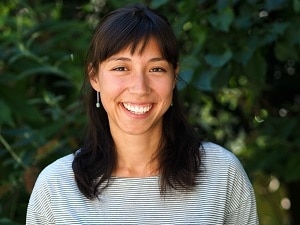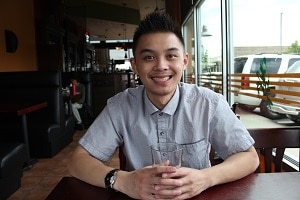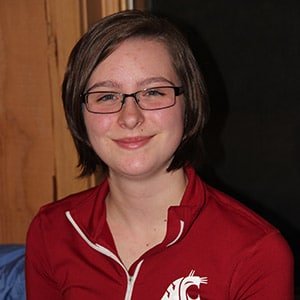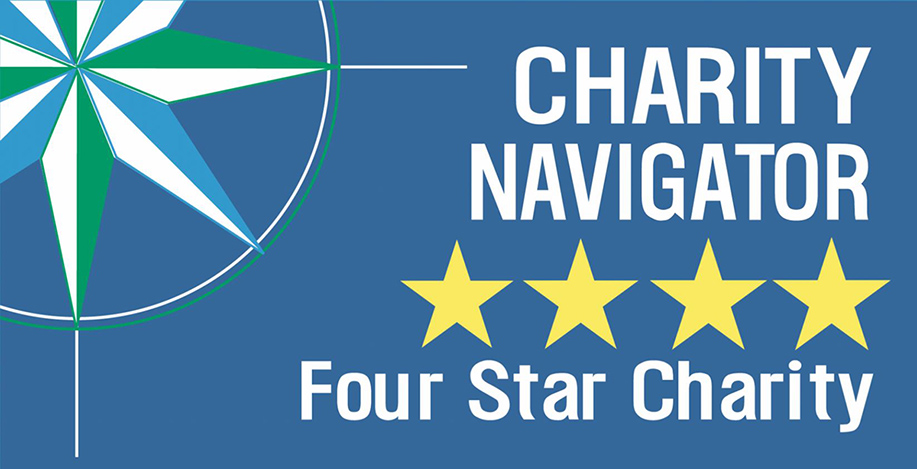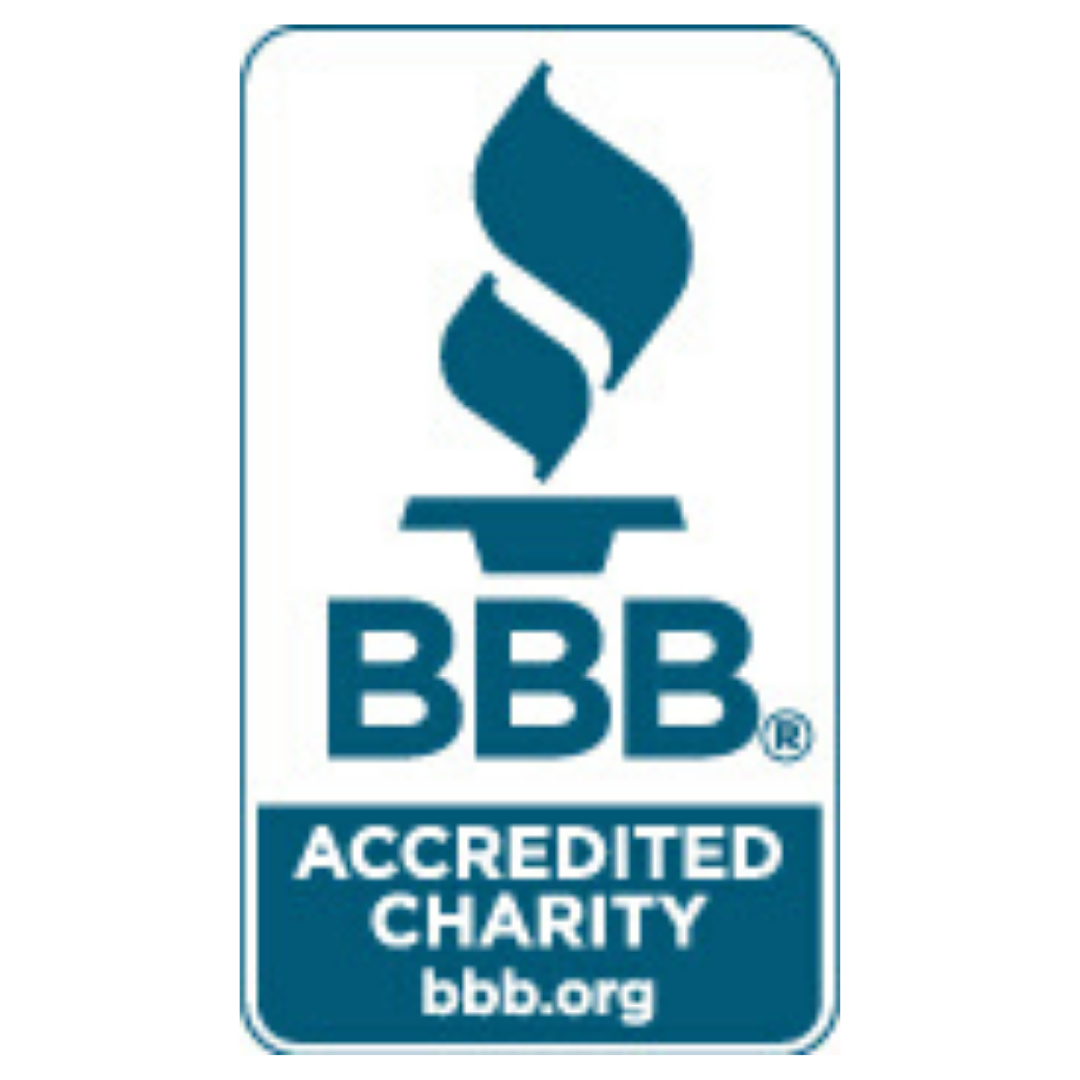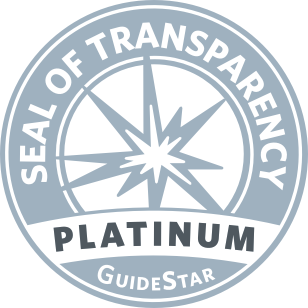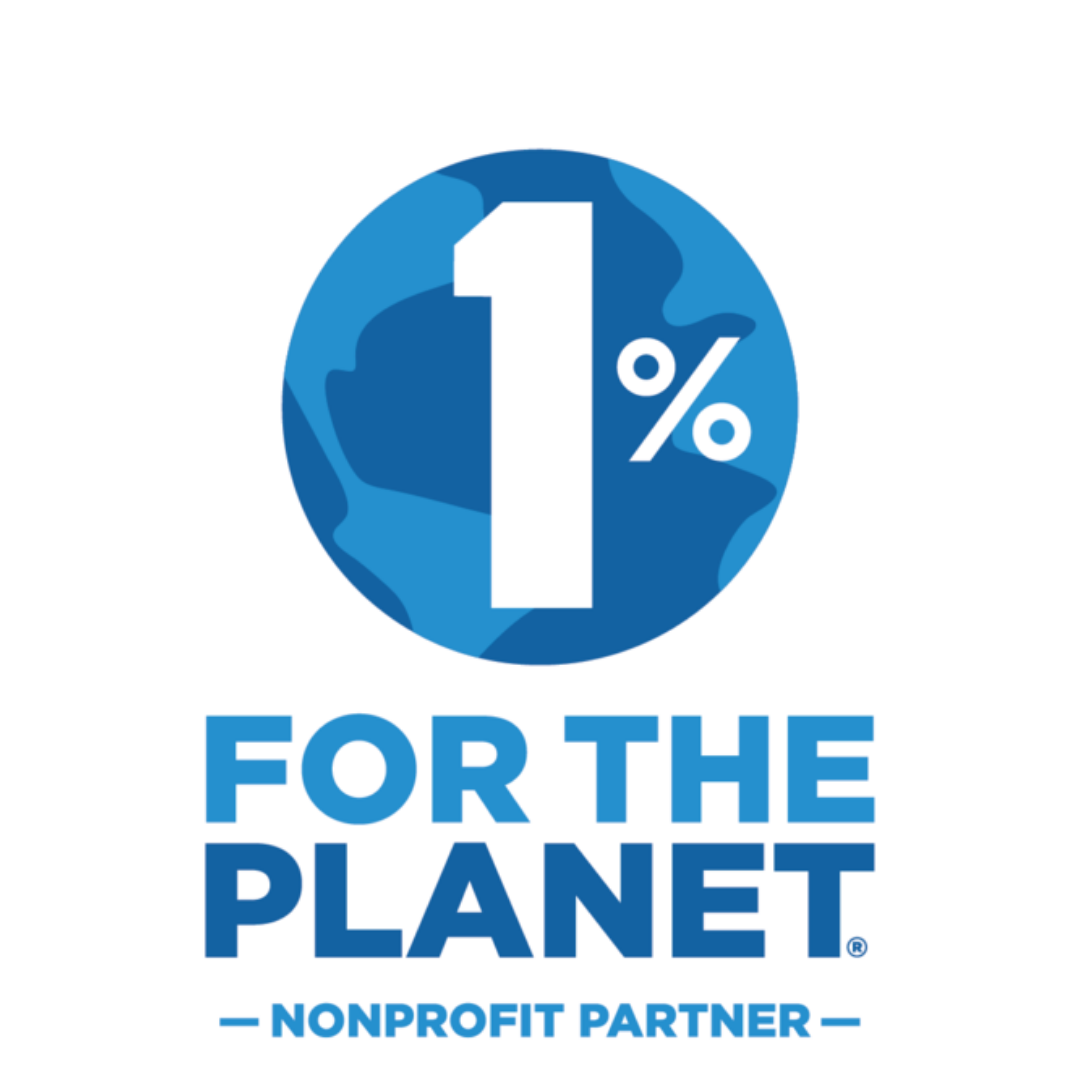If you look at the leaves of the salmonberry, a plant that thrives in the…
With every school that comes to IslandWood, a partnership is formed. It begins well before the buses pull up to the Arrival Shelter to the welcoming cheers of our graduate student instructors and lasts well after those same buses pull away to calls of farewell. It takes shape over the months leading up to arrival, when IslandWood staff work with teachers and administrators to understand their learning objectives and school culture and prepare students and parents for their four days and three nights on the Bainbridge Island campus.

Graduate student and SOP instructor Taylor O’Connor leads a group of WSSB students.
When the Washington State School for the Blind (WSSB) came to IslandWood this winter, the first school for the blind to take part in the School Overnight Program (SOP), there were some specialized topics to cover and certainly a more involved planning process. But ultimately, as with any other school, we entered into a partnership based on collaboration and creativity. In an hour-long call prior to their visit, WSSB principal Sean McCormick and Emily Owens, a science teacher and alum of the IslandWood graduate program, spoke with members of our education team. Conversation centered on how IslandWood could best support students—how we could address logistical and academic challenges without compromising the program’s high standards.
In an effort to be prepared, it’s easy to focus excessively on students’ needs, but graduate student instructor Oscar Newman, reframed the conversation early on. “What is it that you would like us to know about what your students can do?” he asked. “What do they excel at? What are some strengths we can harness to make a wonderful experience at IslandWood?” WSSB students, Sean and Emily answered, are inquisitive, accepting of one another’s differences, and enthusiastic conversationalists, so enthusiastic at times that instructors may have to resist enticing digressions if they are to achieve their learning objectives. The IslandWood team had to laugh. “We’re all the same” said Oscar. “That’s our teaching style,” added Déana Scipio, director of campus education programs, alluding to the value IslandWood places on shared reflection and building relationships with students.
That Monday, WSSB arrived with braille machines, tactile maps of the campus, SOP journals translated into braille, 3-D models of the macroinvertebrates they would study at Mac’s Pond, and accessible devices for water quality investigations. But they forgot something—the bell-filled ball needed to play goalball. Goalball is a Paralympic sport designed for athletes with visual impairment. It demands intense physicality from the athletes and silence from the audience, as players track the ball by the sound of the bells and use their bodies to block it. WSSB had competed at the national level, and Emily and Sean had planned to bring the sport to IslandWood.
Creating opportunities for students from different schools to learn—and play— together is essential to IslandWood’s philosophy of education. Our programs teach students to work collaboratively and value diverse perspectives—the skills and mindset needed to effectively tackle the world’s most pressing environmental and societal problems. What’s more, WSSB was eager for their students, many of whom have had negative experiences in general education schools, to have natural opportunities to interact with the other students at IslandWood. In this context, goalball was so much more than a game.
SOP Coordinator Breanna Caruso acted fast, attaching bells to a kickball with an enormous amount of duct tape. After some gentle urging, the students in the WSSB field group agreed to teach the game to the students from another school on campus that week who were not visually impaired. They explained the rules and demonstrated the forceful roll of the ball that initiates each round and how to safely dive and block. The players put on blindfolds and good-natured scrimmaging began, initial nervousness giving way to unabashed excitement (albeit it expressed in silent cheers).
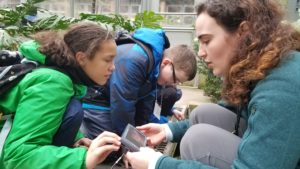
Taylor O’Connor works with WSSB students in the Living Machine.
As with goalball, in the absence of sight, the other senses become especially acute and necessary. Engaging the senses is standard practice at IslandWood, where close observation is viewed as a tool for science and a means of connecting with place. Oscar guided his students in an exploration of the acoustics in the Bog Tree House so that they might infer the design of the structure. He brought his field group on a night hike to the Suspension Bridge and engaged sound and touch to demonstrate to the students how its flexibility gives it strength.
In “Meet a Tree,” students work in pairs, one directing a blindfolded partner to “meet” a tree, perhaps by rubbing a cheek against the bark or hugging the trunk to assess its age. In the hands of IslandWood graduate student instructor Taylor O’Connor, this lesson became more than an exploration in natural history but like goalball, an opportunity for students to be teachers and experts. The WSSB students gave their IslandWood instructor a lesson in human guiding, showing her where to place the hand, what language to use, and how to inspire trust. “[My fellow graduate students and I] realized how accessible most of IslandWood already is,” said Taylor. “So many of the lessons that we do are hands on, inquiry based, and already differentiated to meet the needs of diverse learners.”
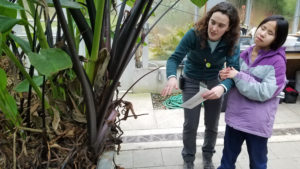
Taylor O’Connor explores the Living Machine water filtration system with a WSSB student.
Few who participated in the final camp fire and talent show at the Friendship Circle will forget the courage and talent of a student from WSSB who brought down the house with her joyful yodeling. But for the rest of the WSSB students who stayed up late in the lodges that night, playing cards and chatting easily with staff, the evening was so incredibly and memorably normal, just kids being kids—and just what Emily, WSSB’s science teacher, had hoped.
The Washington State School for the Blind was one of the last schools to participate in SOP before the program closed in response to COVID-19. And we are so grateful they made it here in time. The experience was yet another example of how we customize our lessons in partnership with schools and how we teach our graduate students to respond to the uniqueness of every student. As we reach out to schools to understand their changing needs in the context of COVID, we will draw from our experience working with WSSB and others and the knowledge that we can adapt and keep experiential and environmental education accessible, even in the most challenging of times.

